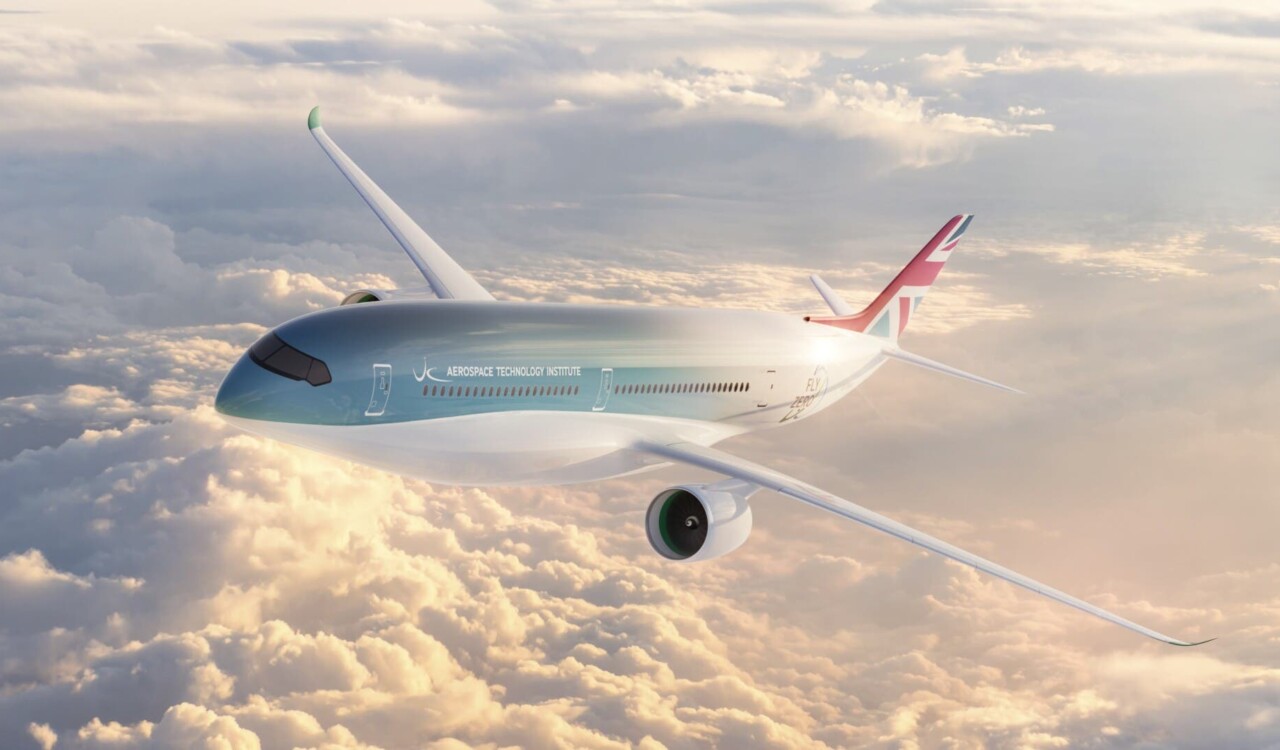It is clear that all-electric aircraft’s feasibility in the airlines on a mass scale is still some time ahead of us, as the current battery and motor technologies are not up to the task of flying in the flight levels with hundreds of passengers. With current battery technology, the battery pack required would take up most of the space and weight limitation of an airliner. However, hydrogen-powered aircraft are another story. In this week’s On Aviation™ Digest, we will take a look at some articles relating to hydrogen-powered aircraft, their current development, and their possible application as airliners.
The Hydrogen Revolution In The Skies

A record-breaking commercial-scale hydrogen plane has taken off in the UK, with more set to join it soon. How far can such planes go in cutting the aviation industry’s emissions?
By Caspar Henerson | BBC Future Planet
United Becomes Largest Airline to Invest in Hydrogen-Electric Engines for Regional Aircraft

United became the largest airline to invest in zero-emission, hydrogen-electric engines for regional aircraft, the latest move toward achieving its goal to be 100% green by reducing its GHG emissions 100% by 2050, without relying on traditional carbon offset
By Renewable Energy Magazine
Large Hydrogen-Powered airliners Could Be In Service By 2030

In May 2021 Clean Sky 2 published its first Technology Evaluator1. One of its main conclusions is that “the main focus on decarbonising aviation should be on short-range aircraft flying distances of less than 4,000km, however with much larger passenger capacity, well over 300, even over 400 passengers in the cabin. This type of aircraft does not exist today.” This article, however, will show that the ideal type of aircraft almost exists now if liquid hydrogen is the preferred fuel.
By Chris Ellis FBCS, Prof. John Coplin CBE | H2 View
A New Hydrogen Plane Can Fly Halfway Around the World Without Refueling

A U.K. government-backed research firm, Aerospace Technology Institute (ATI), revealed a new liquid-hydrogen-powered airliner concept called FlyZero. In theory, this 279-seater aircraft will have the same performance capability as a traditional midsize aircraft, but without producing carbon emissions, the ATI says in a press release.
By Chris Young | Interesting Engineering
Thank you for reading this week’s digest. Please take the liberty to share your thought on what you believe is the future of hydrogen-powered aircraft in the airlines.
Orlando – On Aviation™
